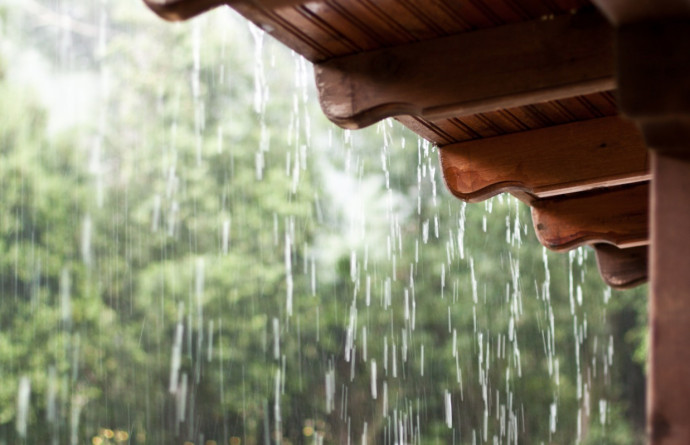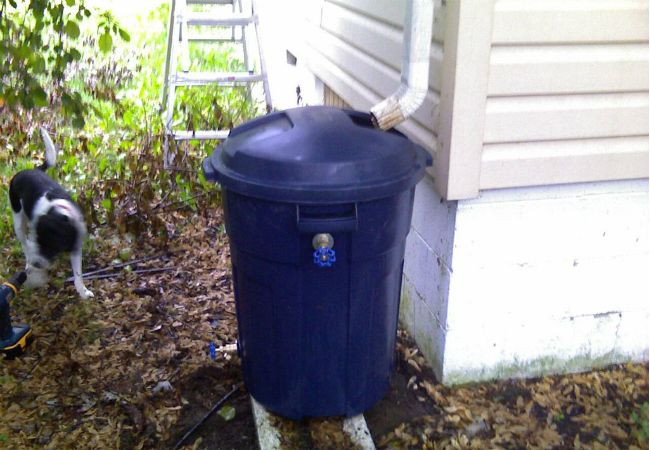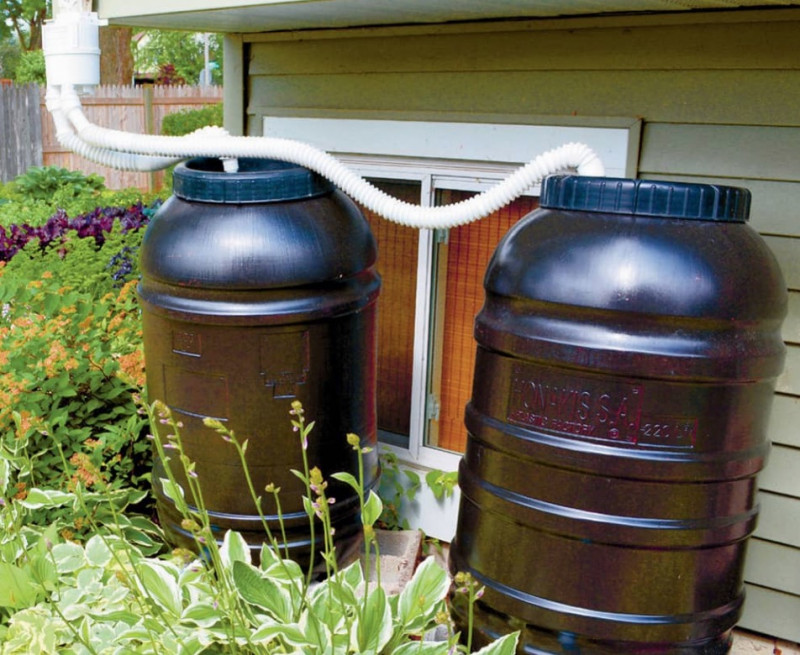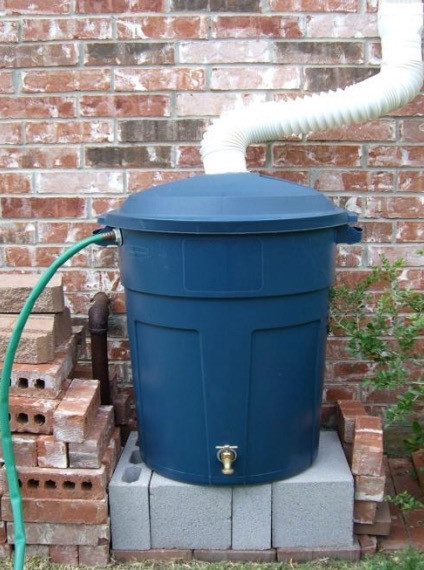How to Harvest Rainwater

Harvesting rainwater to use for growing vegetables and plants makes a great deal of sense. Rain barrel water isn’t just free, it’s better for your plants. In order to take advantage of free rainwater, install a rain barrel system with one or more rain barrels, or learn how to create your own rain barrel for a next-to-nothing cost by converting a trash can.

Collecting rainwater for use in your garden means you don’t have to purchase that water. It is a great way to conserve a valuable resource, help minimize storm runoff, save a little money and provide a healthy source of water for your garden. Plants watered with rainwater are not exposed to chlorine and other chemicals that most municipalities add to tap water. Besides being natural, rainwater is usually soft, which makes it a good option for watering your flowers and plants. Actually, the absence of those very chemicals that make tap water safe for drinking makes rainwater a better choice for your outdoor watering needs. While water from a rainwater cistern is considered non-potable because it has not been chemically treated, it is magnificent to use for our plants, as they will not have to absorb additional chemicals.
You can get started by building this simple rain barrel from inexpensive materials.

How to make a trash can rain barrel
1. Drill one hole the size of the spigot you have purchased in the bottom front of a 32-gallon or larger garbage can and another hole the size of your overflow garden hose at the top rear of the garbage can.
2. Attach a spigot piece to the front lower hole with sealant and washers.
3. Attach a short overflow garden hose on the top rear hole, also using sealant and washers.
4. Cut a hole in the lid for water entry from the rain gutter drain; cover with a piece of screen.
5. Place your empty garbage can below the rain gutter drain and position on cement blocks so that the rain barrel sits up higher than ground level. By raising the gravity-fed system up higher, it will enable the water to flow more briskly to the garden if you attach a hose to the spigot.

Reducing the demand for water helps protect the local ecology, too. Water that isn't being diverted into municipal water systems stays in the lakes and rivers to sustain fish, birds and other wildlife. Besides relaxing the demand on existing water resources, harvesting rainwater reduces the amount of polluted rainwater runoff, which is also great!
